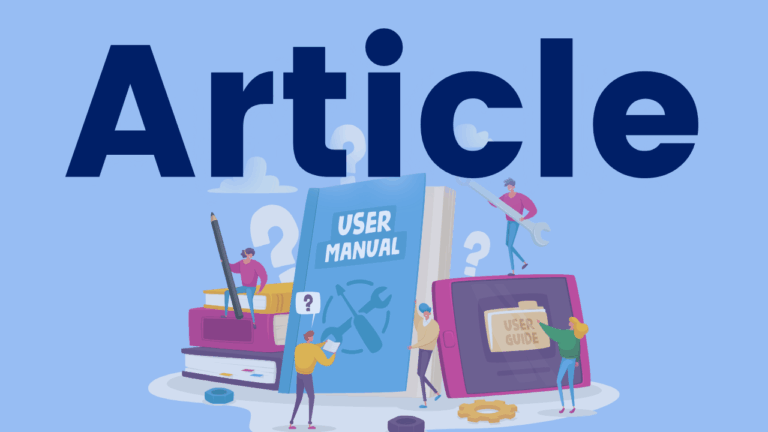Phoneme Awareness: What We Now Know
Dr. Susan Brady summarizes what we know about effective phonemic awareness instruction in this webinar.

Dr. Susan Brady summarizes what we know about effective phonemic awareness instruction in this webinar.

This is a short assessment to assess students’ mastery of phoneme segmenting and blending.

In this brief video, Jennifer Rogers works with her students on blending sounds into words.

This video shows a short instructional routine for teaching students to blend sounds.

This Reading Rockets article provides materials and resources for several activities to teach blending and segmenting. The authors provide research that supports the use of each of these activities.

IDA Perspectives article about vocabulary instruction from early childhood to senior grades.

free website designed to help educators generate lists of words

Self-Regulated Strategy Development (SRSD), an evidence-based framework for teaching strategies for reading and writing.

Comprehensive article outlining the key principles for making sense of the English spelling system.

This podcast explores MTSS and provides insights into classroom instruction.

Webinar series following three Ontario teachers as they implement universal screening.

Reader friendly book for educators outlining 7 changes to classroom instruction to improve literacy outcomes.